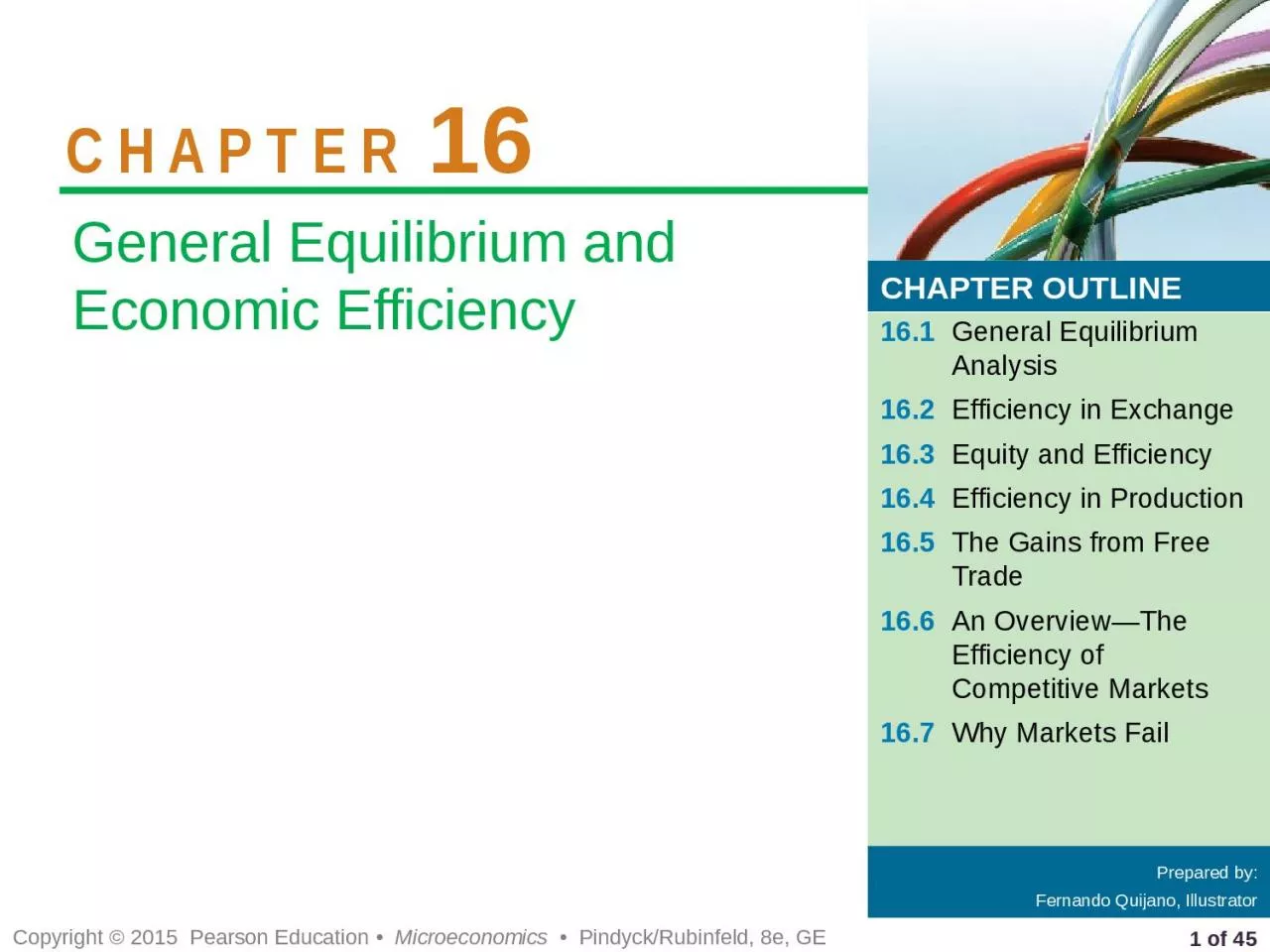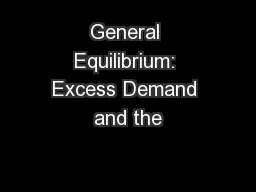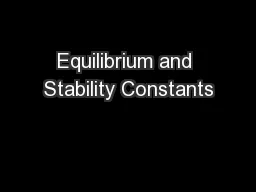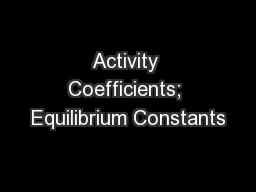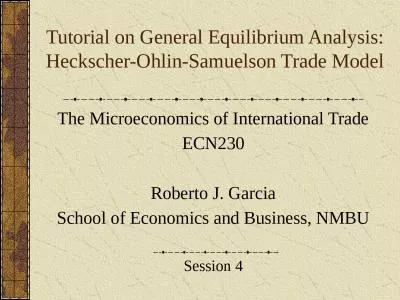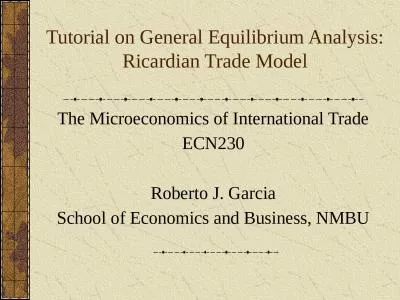PPT-16.1 General Equilibrium Analysis
Author : martin | Published Date : 2023-11-06
162 Efficiency in Exchange 163 Equity and Efficiency 164 Efficiency in Production 165 The Gains from Free Trade 166 An OverviewThe Efficiency of Competitive
Presentation Embed Code
Download Presentation
Download Presentation The PPT/PDF document "16.1 General Equilibrium Analysis" is the property of its rightful owner. Permission is granted to download and print the materials on this website for personal, non-commercial use only, and to display it on your personal computer provided you do not modify the materials and that you retain all copyright notices contained in the materials. By downloading content from our website, you accept the terms of this agreement.
16.1 General Equilibrium Analysis: Transcript
Download Rules Of Document
"16.1 General Equilibrium Analysis"The content belongs to its owner. You may download and print it for personal use, without modification, and keep all copyright notices. By downloading, you agree to these terms.
Related Documents

